Today, screens are everywhere, whether it’s a smartphone, TV, tablet, or video game console. Screens are inviting, fun, and even addictive, so it’s easy to spend too much time with them. And let’s face it; a little screen time can help you get dinner on the table! But sadly, screen time may hurt your child’s health.
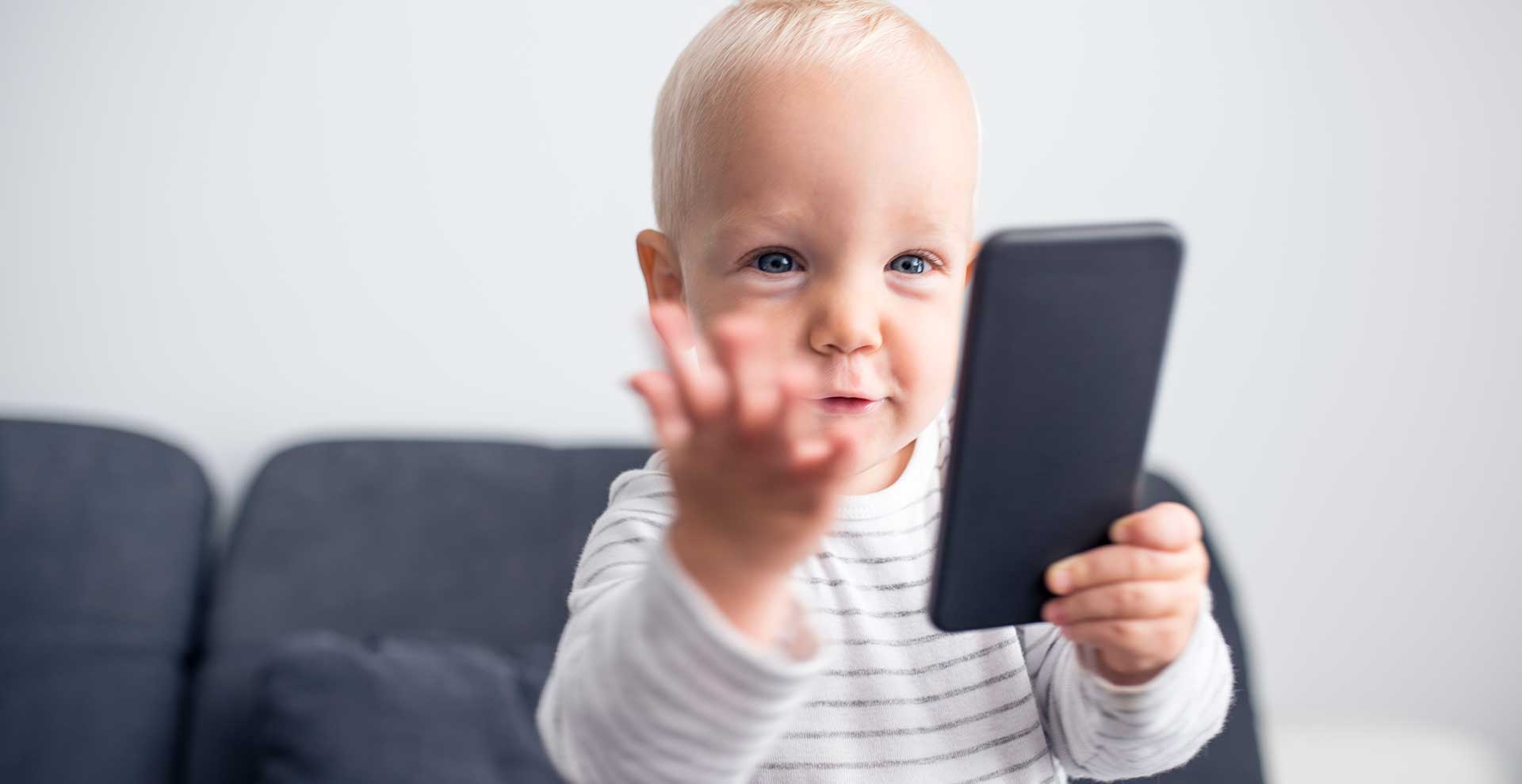
Technology Tips for Smart Families
- Home
- Live Well Blog
- Technology Tips for Smart Families
October 19, 2022
General /Family
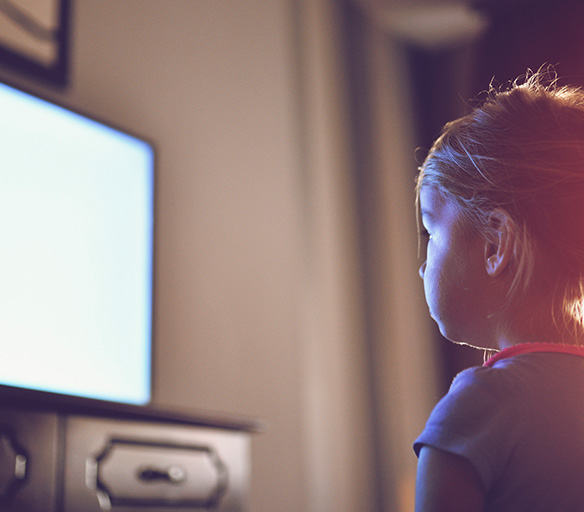
Attention and Mood
Screen time raises your child’s risk of attention problems, depression and anxiety. Attention Deficit Hyperactivity Disorder (ADHD) is a growing problem, which may be partly due to children’s heavy media use. One study showed that the more hours of TV watched at age one and three years, the more likely a child would have symptoms of ADHD at age seven.
Weight Gain
Screen time may cause your child to gain too much weight, especially if a TV is in their room. Spending time in front of a screen means less time being active.
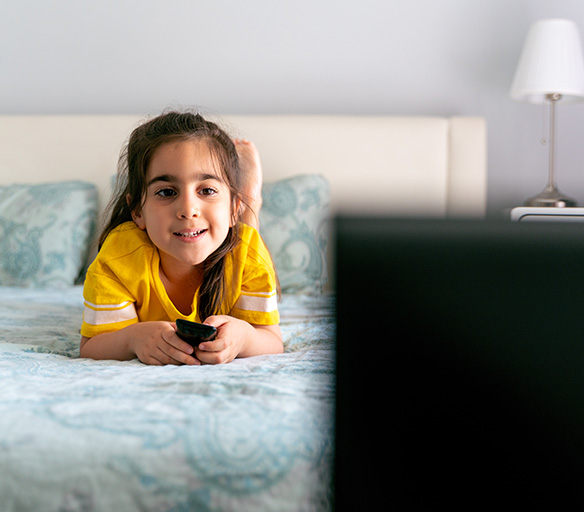
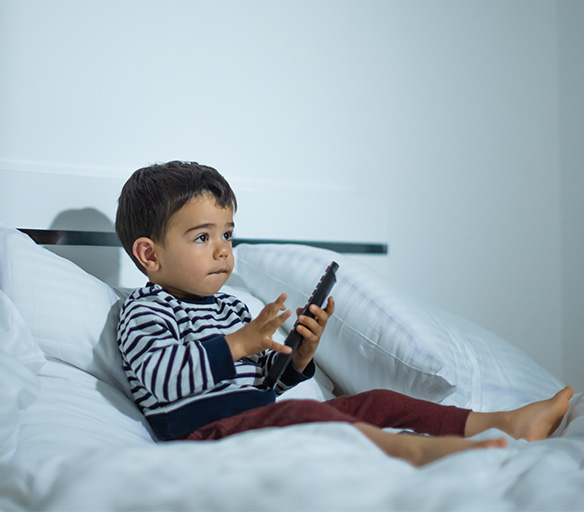
Sleep Problems
Time in front of a screen makes it harder for your child to sleep at night and to sleep enough. Poor sleep habits affect mood, behavior, and learning. Even “background” TV is associated with shorter sleep time and sleeping problems.
Social Skills
Children who watch TV spend less time playing and interacting with others. Screen time cuts down on time spent talking, which affects language development and how well a child gets along with others. Children need lots of “eye-to-eye” contact with a parent or caregiver to learn how to talk, listen, and how to read emotions on a person’s face. These skills are important for getting along with others.
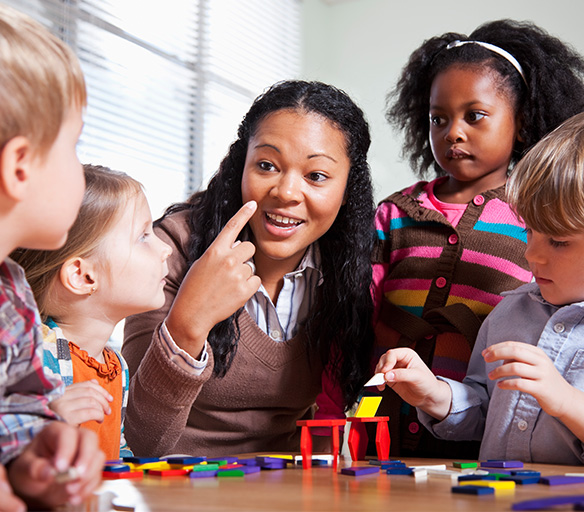
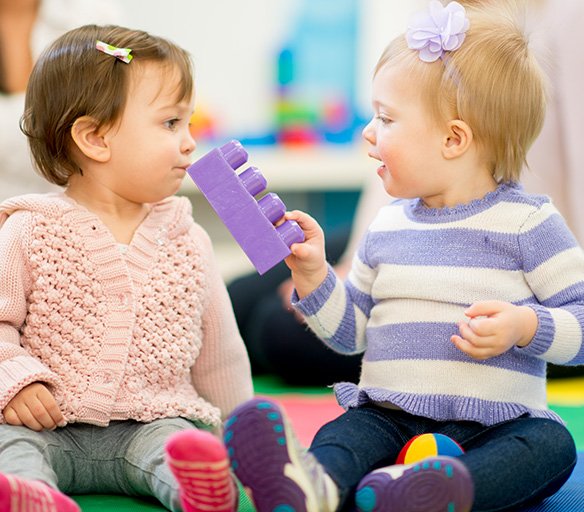
Screen Time and Brain Development
Research shows that learning from the real world is better than from a screen, especially for kids under three. While preschoolers can learn from some educational shows, screen viewing for kids under two can have lasting negative effects. It can decrease language development, reading skills and short-term memory. Even when TV is on as “background noise,” it can cause parents to spend less time talking with their children, and children to be less focused on play. In homes where the TV is on most of the time, children spend less time reading or being read to and are more likely to not be able to read.
The American Academy of Pediatrics recommends that screen time be avoided by children under 2 and that older children limit screen time to 1 to 2 hours daily.
STEP-BY-STEP to SMART MEDIA
- Don’t let the screens in your life control you, put a plan in place to control them! Monitor your child’s media “diet.” Take a close look at how many hours of screen time your child has each day. Think about time at home and while at day care, in the car, in waiting rooms and at friends’ homes. Ask yourself:
- Does my child watch TV/videos? (If yes, how many hours?)
- Does my child play games on a tablet, smart phone or other device?
- Is the TV on when no one is watching?
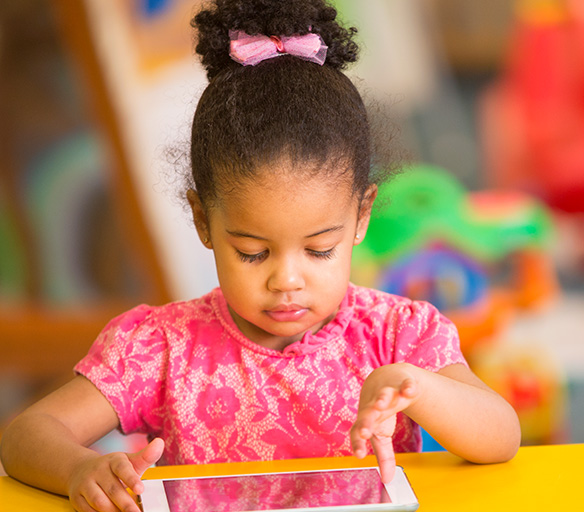
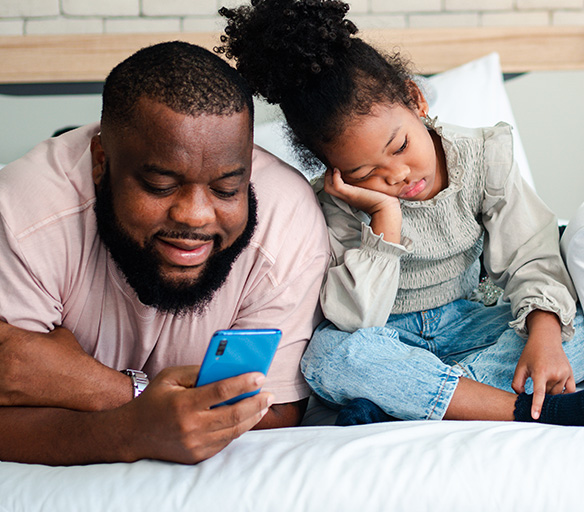
- Think about your own screen time and how it affects your family. Ask yourself:
- Does social media interfere with the time I spend with my family?
- When there is a TV on in the room, am I more focused on it than my child?
- Is the TV on during mealtime?
- Do I, or other members of my family use our smartphone during mealtime?
- Develop a screen time plan for your family and stick with it.
- Decide how many hours a day, what kind of programs, games, etc., will be allowed.
- Create “screen-free zones” where there are no screens in a child’s bedroom and no screens on during mealtime.
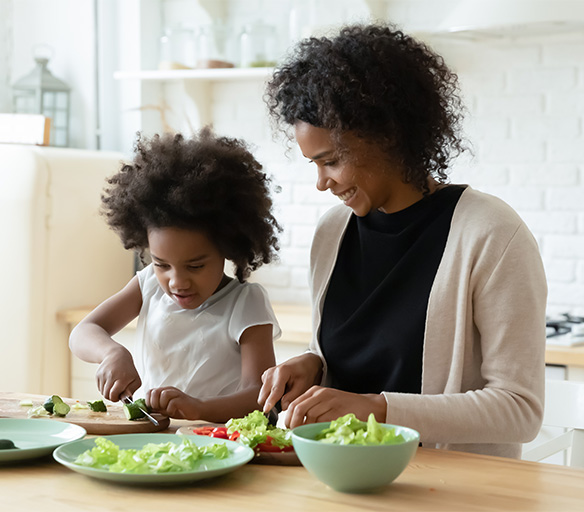
You may think that your child needs to be entertained all the time, but they don’t. Kids need some time with nothing to do to use their imagination and build their brains. In fact, your toddler will learn much more from banging on pots and pans and talking to you while you cook dinner, than watching a screen.
25 Screen Free Activities
| Here’s a list of 25 “screen free” activities to help your child develop their brain and build healthy relationships. Pick an activity below and get started today! | ||||
|---|---|---|---|---|
| 1. Read a book out loud | 2. Play a game | 3. Do a puzzle | 4. Build a tower of blocks | 5. Blow bubbles |
| 6. Look at photos | 7. Play some word and rhyming games | 8. Sing a song or tap the rhythm of a song together | 9. Play dress-up | 10. Draw, color or paint on paper |
| 11. Have a picnic | 12. Make some handmade gifts | 13. Go to the park | 14. Go to the pool, the beach, the lake, or the river | 15. Cook dinner together |
| 16. Go outside and play | 17. Lie down and look at the clouds | 18. Throw or roll a ball | 19. Take a walk | 20. Dance |
| 21. Make a fort out of blankets | 22. Make puppets out of old socks | 23. Have a puppet show | 24. Make homemade play dough | 25. Play hide and go seek |
